Mozambican government studies solutions to improve access to the port of Beira
Mozambique public debt still increasing
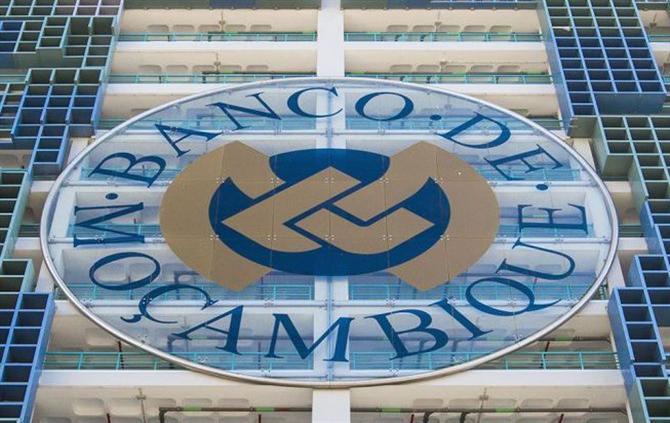
Public debt grew to close to 96 billion meticais from January to May
Recent figures from Mozambique’s central bank of points to the continuing use of internal financing by the State. Up to May 2017, the State financed itself in net terms by 5.2 billion meticais through the use of treasury bills (bonds issued by the Executive in the Bank of Mozambique to finance itself, for a certain interest rate and for a period of 64, 91 or 364 days).
In April and May alone it used 621 million meticais, raising its treasury bill debt to 15,206 million meticais. By the end of the first quarter, direct financing from the Bank of Mozambique to the State totalled 12,164 million meticais, bringing the total debt with the Bank of Mozambique to 47,322 million meticais. This amount, added to the financing via treasury bills and treasury bonds (which amounted to 15,206 million meticais and 33,342 million meticais respectively), by 31 May totalled 95.870 million meticais of domestic public debt.
The International Monetary Fund (IMF) recently drew attention to the fact that the growth of domestic public debt puts pressure on credit institutions and ends up reducing the availability of resources to lend to the private sector. The increase in the executive’s internal debt has served as an alternative to external financing deficit since April of last year, when donors suspended support after the discovery of the hidden debts.
Private sector financing falls
Whether related to this or not, data from the periodical “Economic and Inflation Perspectives” published on Wednesday by the Bank of Mozambique shows that the balance of credit to the economy in the national banking system fell 12,029 million meticais between the end of March and May 2017. But it says that this reduction reflects, first, the negative exchange impact of 8,555 million meticais (as a result of appreciation) on the opening balances (at the end of March) of credit in foreign currency, in the original currency and, secondly, the decrease in metical-denominated loans in the order of 4,139 million meticais.
Foreign currency-denominated credit in the reference period increased by US$25 million (1,491 million meticais); not enough to counterbalance the exchange rate impact mentioned above.
In annual terms, credit to the economy increased by 1.9 percent in May, after 17.5 percent in the same period of 2016, and 7.8 percent in March 2017.
Retail interest rates remain high
In May 2017, the average interest rate on the loans of the financial system with the public with one year maturity (term) stood at 28.6 percent, representing a decrease of 77 basis points (bp) compared to February and an increase of 870 bp compared to May 2017.
Also in May, the average interest rate on one-year term deposits stood at 17.2 percent, representing an increase of 96 bp over February and 630 bp compared to May 2016.
Metical continues to appreciate
Between the end of March and May 2017, the metical maintained its appreciation, having at the end of May been quoted at 60.8 against the US dollar (67.9 at the end of March), at 66.8 against the euro (72.4 at the end of March) and 4.6 in relation to the rand (5.2 in March).
The continuing appreciation of the metical, in a situation of high differential between domestic inflation and that of Mozambique’s main trading partners, is resulting in an appreciation of the real effective exchange rate (ITCER), which signals Mozambique’s external competitiveness.
The Bank de Mozambique had already expressed concern about the risk that the appreciation of the metical might undermine the competitiveness of national exports, since it makes domestic products more expensive abroad.
Continuing fall in price of goods and services expected
Prospects for the coming months point to a slowdown in annual inflation due to the increase in the supply of agricultural products ( as a result of favourable climatic conditions and the truce in the military conflict); metical appreciation; the effect of the downward adjustment of liquid fuel prices and the slowdown in food inflation in South Africa.
The Bank of Mozambique points out that in April and May 2017 inflation slowed down, with domestic prices, as measured by the Mozambique Consumer Price Index, increasing by only 0.75 percent, below the 2.11 percent inflation registered in the period from February to March. This increase in prices raised cumulative inflation to 5.09 percent, still lower than in the same period of 2016 (8.47 percent), thus reinforcing the prospects of falling inflationary pressures. Indeed, although it still remains at a high level, annual inflation has slowed down from 21.57 percent in March to 20.45 percent in May (18.27 percent in the same period of 2016). Average annual inflation strengthened its growth path to 22.33 percent (8.60 percent in May 2016).
Net international reserves
Between March and May 2017, net international reserves (foreign exchange reserves for debt repayment, imports and other foreign transactions) increased by US$244 million, with the Bank of Mozambique buying US$338 million from commercial banks, raising gross reserves at the end of May to six months’ worth of imports of non-factor goods and services (excluding mega-projects).
Advanced economies register growth
Recent information confirms the growth momentum advanced economies have been experiencing, with growth remaining strong in almost all economies in the first quarter of 2017, and continued inflation converging towards medium-term targets (around 2 percent). These economies’ performance results fundamentally from the monetary and fiscal stimulus package that the authorities have been implementing for some years, in order to restore consumer and investor confidence. Moreover, in most economies, private consumption and investment have been the main engines of growth in a context of equally favourable to external demand.
Recovery of Brazil and Russia consolidate emerging economies
Recent figures indicate robust growth in China, India and South Korea in the first quarter of 2017, as well as recovery in emerging market economies such as Brazil and Russia, countries which have declined over a long period following falling demand and falling international prices for primary goods.


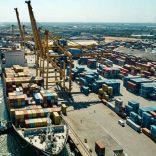
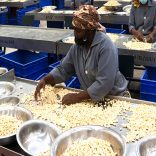



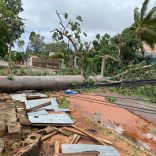
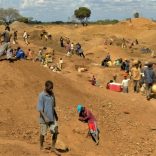

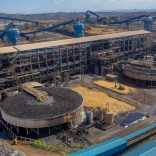
Leave a Reply
Be the First to Comment!
You must be logged in to post a comment.
You must be logged in to post a comment.